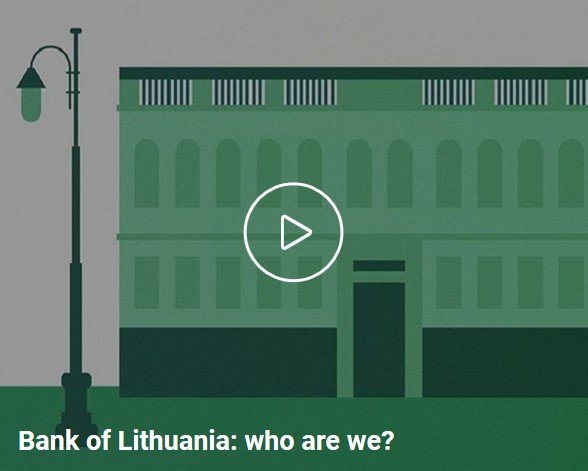Regtech And Suptech: Laws Are New Gold
The growth of computing power of PCs, the widespread distribution of data networks, the increase in information volumes and the emergence of tools for working with it led to the emergence of information technologies (IT).
The origin of regtech
It is believed that the impetus to the development of regulatory technologies (regtech) was the economic crisis of 2008 when the regulators of the financial market were accused of weak control of the business. There was then a response to it: the number of regulations, acts, laws and regulations increased significantly.
In order not to miss important changes, companies and enterprises had to take into account all possible details of the legislation and to prepare reports on them. It was necessary to increase the number of staff lawyers, who spent most of their working time checking and clarifying the compliance of organizations with the standards.
Technological startups that have offered the financial market ways to automate reporting and simplify control over the implementation of legislation have become a long-awaited and promising solution to difficult issues. Newcomers received generous funding, including funding from market participants.
The background of suptech
Difficult times have also come for controlling and regulatory organizations: on the one hand, more stringent and numerous norms are not enough to think of as you have to control them. On the other hand, the turbulent flow of information in which modern business operates requires much more attention and time for processing.
There is also a third party: financial instruments, technological innovations and details of using IT are becoming increasingly difficult. Everything changes very quickly, and it is rather difficult to monitor and control them as powerful and developed tools are required.
High-performance computing systems and information processing tools have been used. Due to that has emerged Supervisor technology which is the technology of supervision. Companies offer services in the field of big data, artificial intelligence and machine learning for calculating risks, identifying illegal schemes, controlling transactions, calculating financing needs.
Supervisory technologies approach business verification creatively: they analyze a lot of various data, compare numerous sources, track patterns, do not avoid using social networks and mass media.
The examples of regtech

The solution by Trulio
KYC is part of the more general regtech direction, which is commonly referred to as “solutions for compliance with AML laws (anti-money laundering laws).”
An important part of the application of regulatory technologies is the organization, support, optimization and automation of the process of creating and sending reporting documents.

Elliptic offers its services, including AML solutions, for cryptocurrency companies.
Another important and promising direction in regtech is the calculation, analysis and creation of solutions in order to minimize risks. In this area, the possibilities of modern networks and powerful computers with their systems of big data analysis, in-depth training and artificial intelligence are fully applied.
RegTek Solutions - a startup which is actively supported by investors and offering comprehensive solutions in the field of reporting.
Examples of suptech
Detailed press coverage and stories about the features of the suptech implementation are not so much as in the regtech area. There are obvious reasons: the technologies are still at the very beginning of development and in any case, all secrets will not be revealed to avoid opposition.
One example of the use of suptech can be found in African Rwanda: under the protection of the World Bank, the National Bank of Rwanda, in collaboration with regtech-Sunoida, in 2017 introduced the EDW (Electronic Data Warehouse) system, which automates the storage and processing of reports.

Singapore's financial regulator, MAS, is developing a system which uses big data analysis and modern information processing technologies for its suptech needs. The plans include a system that prevents manipulation in financial markets and a system for processing AML reports from banks.
Reserve Bank of India uses modern technology to control the market. Its suptech-systems IDPMS, EDPMS and CRILC play an important role in the activities of a financial institution.

Nine Lithuanian ministries signed a cooperation agreement within the framework of a program to control risks and increase transparency in market management. In their activities, they will use regtech and suptech solutions, including identification systems and cryptocurrency transactions.

The Central Bank of the Russian Federation decided to develop regtech and suptech technologies to increase the efficiency of regulation and supervision.
The Austrian authorities have created a reporting and analysis system called AuRep.
Regtech and suptech: the harder the compliance the better for the industry
The rapid growth in the field of regtech is forced by the unrelenting pressure of regulators, who are full of optimism and plan to better control the activities of market participants, developing their own tools - suptech.
According to experts, the size of the regtech market will be $ 120 bln by 2020. For banks, the cost of operating in accordance with the regulations of regulators is 8.7% of expenses. For larger banks, this figure is less.
In this situation, the interest of the industry in technologies that reduce costs is fully justified. It seems that the future leaders of the list of "unicorns" and the most successful companies are among those involved in regtech and suptech. This is because laws are the new gold.
Image by GRC Institute

